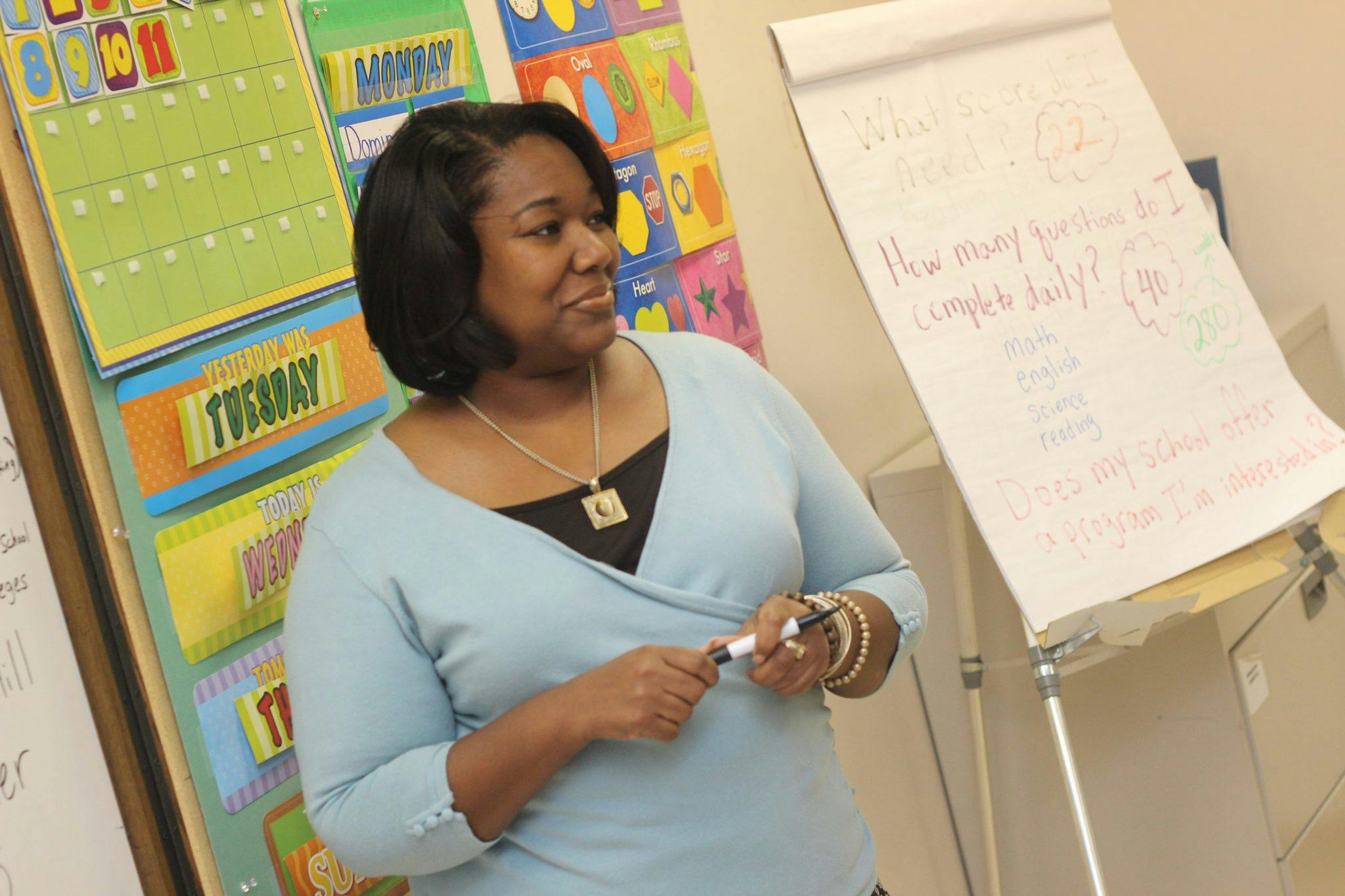There are two ways to earn teacher licensure: the traditional way, and the alternative way. Having served in the field of education for over two decades, I have observed and engaged in many debates over which path is best. Below I will provide an overview just in case you are not familiar with these pathways. I will also explain their differences, and the importance of both in today’s educational landscape.
Traditional teaching pathways refer to undergraduate teacher education programs offered at postsecondary institutions. Alternative teaching pathways provide expedited tracks to teacher licensure. Generally candidates interested in this path have a bachelor’s degree and limited teacher training. Programs such as (of course my personal favorite) Teach For America, Educate Me, and TNTP Teaching Fellows provide alternative pathways.
Understanding the Pathways
Alternative Teaching Pathways: These pathways help address teacher shortages and attract individuals with diverse backgrounds and experiences, offering them intensive, shorter-term training to prepare them for the classroom.
Alternative pathways address the urgent need for teachers, especially in high-need areas and subjects. They generally attract passionate individuals who may not have initially considered a teaching career but have valuable life and work experiences that can enrich the classroom. These pathways provide a faster route to the classroom, often with ongoing support and professional development. They are essential for diversifying the teaching workforce and they frequently provide different perspectives and innovative approaches.
Traditional Teaching Pathways: Candidates pursuing this route typically major in education, receiving comprehensive training that includes pedagogical theory, classroom management, content knowledge, and student-teaching experiences. This pathway culminates in a teaching credential and often includes a degree in education.
Traditional pathways provide a thorough, research-based foundation in education. Prospective teachers spend time learning and practicing teaching strategies, understanding child development, and gaining in-depth content knowledge. These programs often include student teaching, which offers hands-on experience under the mentorship of experienced educators. This extended training period helps to build a solid foundation and confidence in new teachers. Traditional pathways are usually pursued by those who decide to become teachers early in their careers.
My Journey and Perspective
After moving from private to public school as a high school student and personally experiencing inequities in education, I felt compelled to become a teacher and work to remove those injustices. I entered teaching through a traditional pathway, obtaining my undergraduate degree in education from Youngstown State University. The traditional path seemed like a natural choice for me. I couldn’t understand how programs that were training teachers for two years or less could possibly support them with the depth of knowledge I acquired in reading, special education best practices, content knowledge, and self-efficacy.
“This journey cemented my belief in the transformative power of innovative training pathways to shape exceptional educators.”
Changing Views Through Experience
However, after spending more time in the field, I began to understand the teacher shortage crisis and how skills from other degrees and experiences were transferable to education. My opinion on alternative pathways didn’t shift significantly until I had the pleasure of serving with
Teach For America corps members as their principal in schools requiring academic and culture turnaround in Washington, D.C.
The majority of corps members I encountered didn’t start the school year knowing everything and they didn’t pretend they did. They relied heavily on their connections with alumni from the TFA program, fellow corps members, and school administrators to figure things out and act swiftly on behalf of students. They used their leadership skills and their exceptionally strong senses of purpose and commitment to prioritize their students’ needs, becoming integral parts of the school and surrounding community, often tutoring students, coaching sports teams, and leading various extracurricular activities. It was not just their preparation or content knowledge that made them instrumental in turning around several schools. It was their dedication and perseverance.
Working closely with corps members illuminated that accelerated training for teachers can still uphold best practices and foster self-efficacy. I witnessed firsthand how corps members’ daily interactions with students propelled their commitment to refining their skills. My experience underscored the dedication of corps members who, despite demanding schedules, pursued education courses in the evenings and on weekends, paralleling traditional paths. Furthermore, the extensive coaching they received drastically minimized instructional errors. This journey cemented my belief in the transformative power of innovative training pathways to shape exceptional educators.
Fully Embracing Alternative Pathways
In 2023, I joined the Teach For America team as Executive Director for the Indianapolis region. The respect I gained for the organization while serving as a principal influenced me to pursue this opportunity. Joining the team gave me insight into how the organization develops highly effective, devoted teachers. I learned that Teach For America goes to great lengths to recruit and retain leaders. The leadership characteristics we seek support teachers with entering the profession dedicated to being successful and committed to achieving results for students.
“Debating over alternative vs. traditional teaching pathways overshadows the primary goal: ensuring all students receive a high-quality education.”
Conclusion: The Need for Multiple Pathways
My experience has taught me that alternative and traditional pathways don’t need to be compared in a competitive sense. In fact, The teacher shortage in our state is proof that multiple pathways are needed.
Debating over alternative vs. traditional teaching pathways overshadows the primary goal: ensuring all students receive a high-quality education. Both pathways have their strengths and play vital roles in addressing the diverse needs of students and schools. What truly matters is the commitment, passion, and effectiveness of teachers, regardless of the path they took to the classroom. By embracing and supporting multiple pathways to teaching, we can better address teacher shortages, promote educational equity, and ensure every student has access to a phenomenal teacher.
Please login or register to claim PGPs.
Alternatively, you may use the PGP Request Form if you prefer to not register an account.



